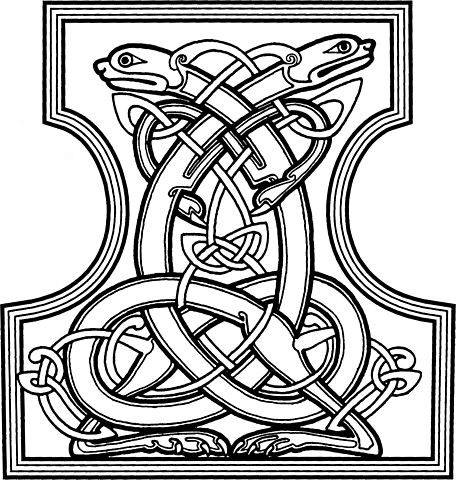Week 17: Ancient Celts
Ancient History Resources for Homeschool and Personal Study. This weeks topics: The Britons, The Gauls, The Gaels and the Hallstatt graves in Austria
Ancient History is studied through the collection of archeological evidence, written records and oral stories or myths. Just because evidence shows a particular belief or custom was common at a particular time does not mean that everyone in that civilization shared that belief. When you study the topics for this week, you can either go deep on one topic for the week and skip the others or you can do a new topic each day. This outline is just a suggested pace, you can go slower or faster as needed. This outline is intended to provide you with a place to start. You will still need to do your own research.
 |
| Celtic Letter Design |
Homeschool Topics for Week 17
Britons
Gauls
Gaels
Hallstatt Graves in Austria
Discussion Questions
Britons
The Celtic Britons were named by a Greek explorer and geographer who called their island Brettaniai. The society was organized into clans with a druid priestly class. They were conquered in part by the Romans after which their culture collapsed as the Anglo-Saxons, speaking a Germanic language, invaded and came to power. Some Brittonic kingdoms resisted domination up until the 11th century CE when they peacefully assimilated with the Anglo Saxons.
Gauls
The Gauls are the continental Celts of France and ancestors of the French people. The Gauls invaded Greece and were later subdued by the Romans. The Gauls had blond hair and light colored eyes. They increased the whiteness of their hair by bleaching it in limewater. More than 200 of their gold mines have been found in the Pyrenees mountains. The Gauls were ruled by a council of elders and an elected king. The Gauls were tribal and had no intertribal cooperation. The most sacred animal in the Gaulish religion was the boar. The druids were an aristocratic group in charge of religion and education. Their language and culture persisted for a while during Roman domination but eventually died out.
Gaels
The Gaels are the ancestors of the Irish and Scottish people today. They speak Gaelic which is a derivative of the Celtic language group. The Milesian Gaels ruled Ireland in 1700 BC. The Gaelic society was organized into clans. They lived in roundhouses and ringforts. The ancient religion was polytheistic with ancestor worship. One important Gaelic god, the Dagda, is the figure of manliness. The Christianization of the Gaelic goddess Brigid became the venerable Virgin Mary. The Romans conquered Britain in 100 BC but did not subjugate the Gaels and so they with the Picts raided Roman British cities. The Romans gave them the name "Scoti" which is Latin for Gael.
Hallstatt Graves in Austria
Books (all links go to Goodreads)
What Life was Like among the Druids and High Kings JUV
Maisie McGillicuddy's Sheep Got Muddy JUV Read aloud on YouTube
Brigid's Cloak JUV Read aloud on YouTube
The Hounds of the Morrigan JUV
